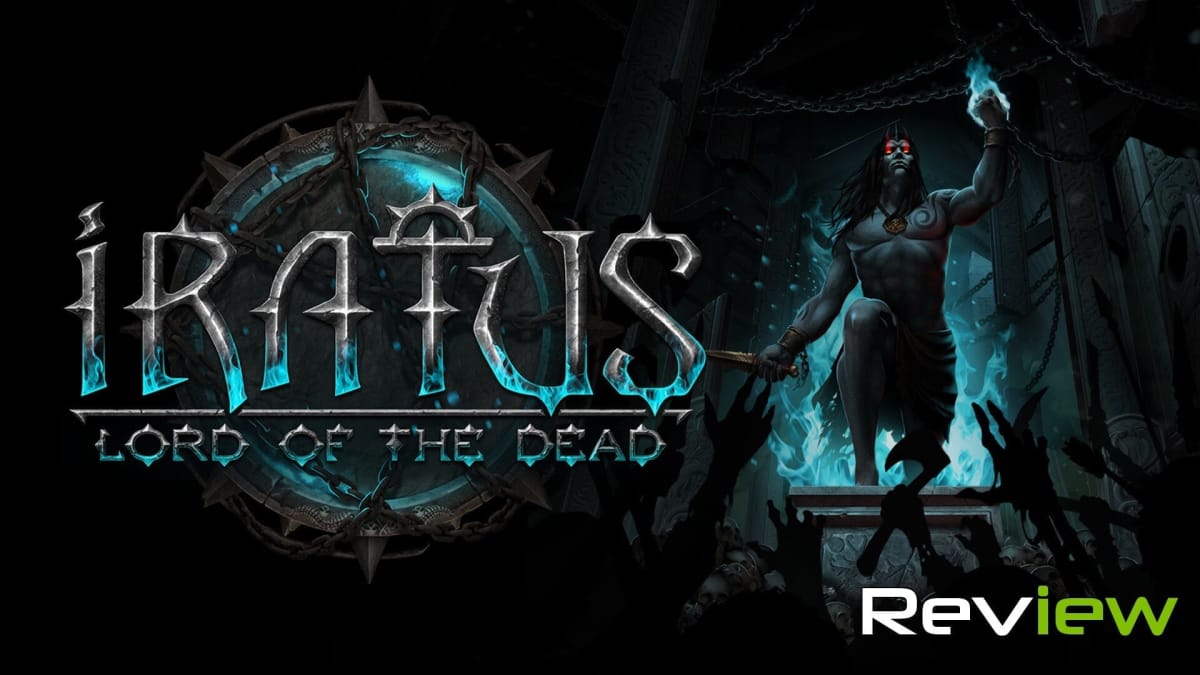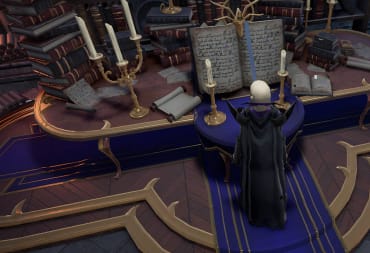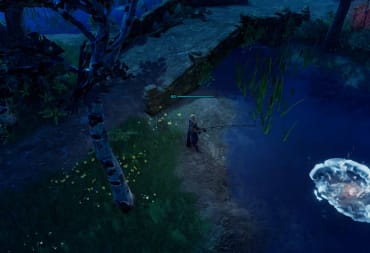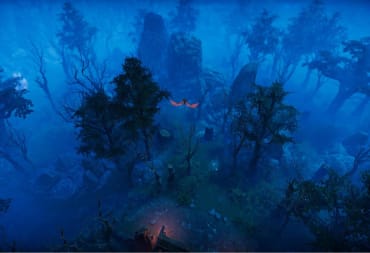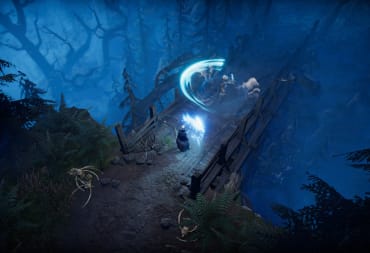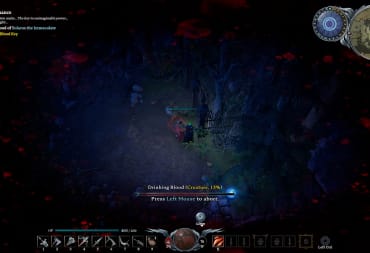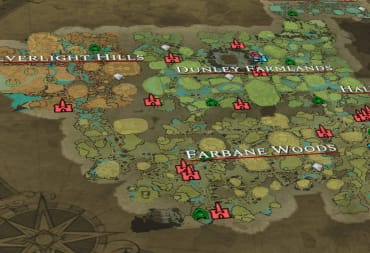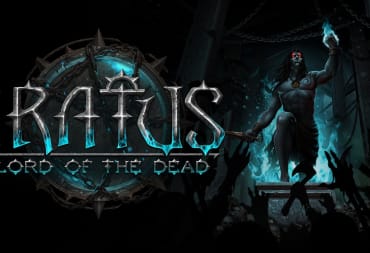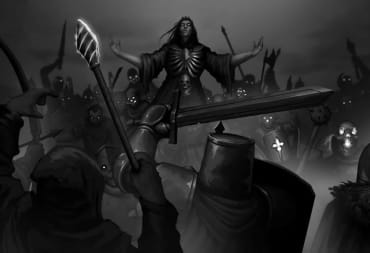Rescue the princess, destroy the ancient evil, and save the kingdom. Video games have been making players feel like a hero since their inception. While it always feels great to be the bold main character of a grand adventure, it is also nice to sometimes be on the other side of the fence. There aren’t many games out there that allow you to play the villain pursuing the destruction of the world. In Iratus: Lord of the Dead players can scratch that particular itch by leading undead hordes through a roguelike-inspired dungeon crawler that will make fans of Darkest Dungeon feel right at home.
The Story of Iratus: Lord of the Dead
The game starts as the titular Iratus, a powerful necromancer, is mistakenly freed from his millenary prison when some clueless miners stumble to his sarcophagus. As soon as he stirs, Iratus resumes his quest for the conquest of the world by using the body parts of the poor miners that found him to create the first minions in order to rebuild his undead army. Of course, to launch a full-on undead assault to the entire world, Iratus will have to leave his deep dungeon prison, so the first course of action is to travel the underground labyrinth and grow his power along the way.
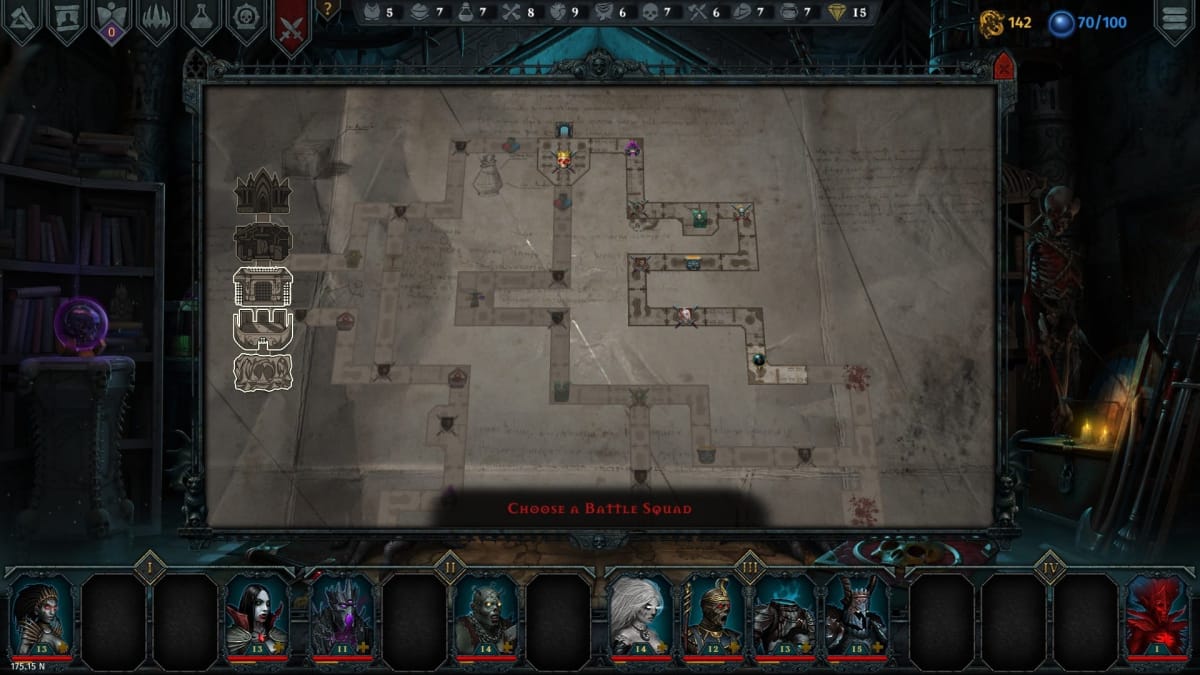
The game divides into 5 maps, each representing a floor of the aforementioned dungeon. To travel through each map, the player selects one of the nodes interconnected to their current position and resolve the event in it (just like in Slay the Spire). The player can see from the start what awaits them in each node of the intricate layout so they can plan their course accordingly. Possible events include finding cultists that grant items, a sacrifice altar that can be used to convert unwanted minions to useful body parts, quest events where Iratus himself is called to make a decision, and, of course, combat encounters.
Iratus: Lord of the Dead Lets You Squash the Heroes
The combat is the meat of Iratus: Lord of the Dead and also where the game has the most similarities with Darkest Dungeon, but with a perspective twist. While in Darkest Dungeon the player has to manage the health bar and the stress bar of their heroes to prevent them to die, go insane or have a heart attack, in Iratus: Lord of the Dead the undead minions of our favorite necromancer are the ones inflicting damage to both health and sanity.
A combat encounter will have a squad of up to 4 minions under the control of the player facing up to 4 enemies at once. The minions will have abilities that can be cast only from certain positions and will hit only certain enemies. This will make the order of the units of the utmost importance to optimize the damage output. The enemies, this time around, are the ones whose resolve will be tested. The necromancer’s minions will have abilities that can inflict either physical, magical, or stress damage. Physical and magic damage both affect the enemy’s HP and are reduced by different resistances. Stress damage will lower the enemies’ sanity and might make them insane (giving them substantial debuffs) and even cause a heart attack if dropped to 0. In some case, the heroes might find an unknown strength when their sanity level drops and become inspired, gaining a buff instead. Different units, of course, will have different abilities and damage specializations. Wraith and Banshees are a sure bet when you want to make your enemies crazy while the brides of Iratus, zombies, and vampires are more focused on inflicting physical pain.
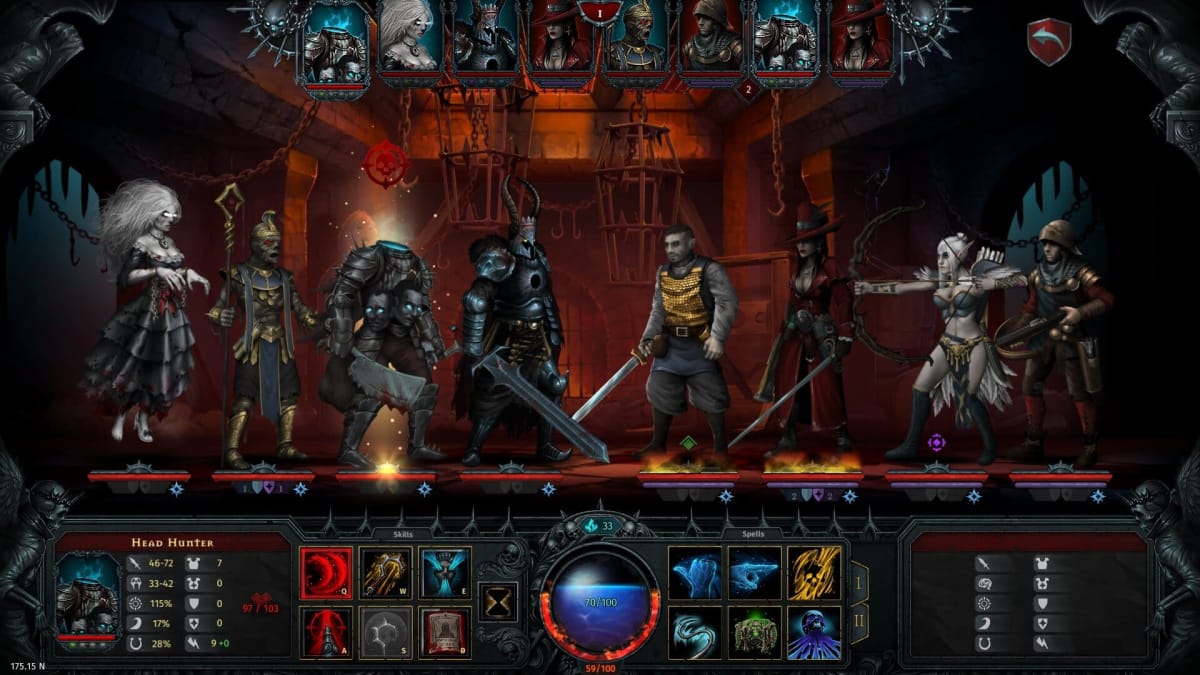
The combat itself works pretty well and the system is intuitive and immediate. Managing two types of damage (and their relative stats) is definitely a challenge but it also forces the player to think very well about the team composition as there’s no real benefit in having a team dealing both stress and HP damage. It’s also interesting that the necromancer itself can indirectly take part in the fights by casting spells. He will also make comments on what happens on the screen, basically acting as a Narrator.
Iratus: Lord of the Dead Needs to Relax as Well
Between events, Iratus will go back to its lair to regroup, heal, and define the next moves. This is the part of the game where the player can raise new minions, level up Iratus himself, meddle in a bit of alchemy, and expand their den.
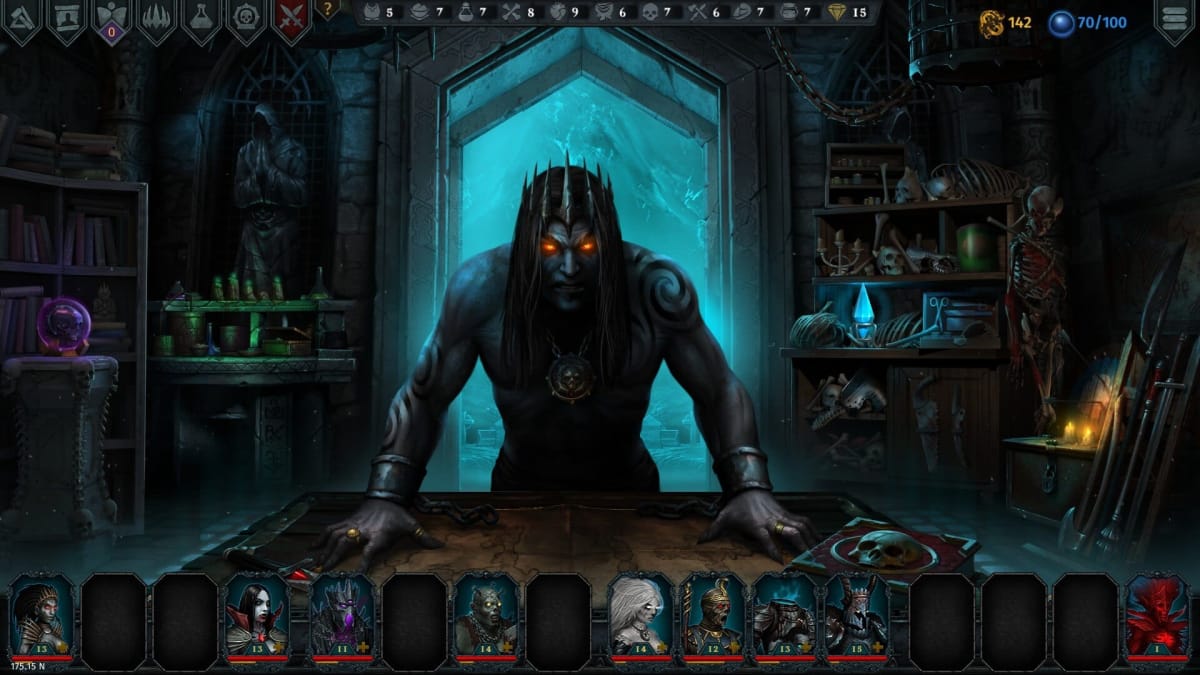
The most important thing to do at the lair is to take care of the undead minions. In Iratus: Lord of the Dead, the player doesn’t have access to a carriage that provides an endless supply of volunteers for his cause. The necromancer will have to raise his undead horde himself by using the body parts harvested by the fallen enemies or obtained by the map events. There are 18 different minions to build (most need to be unlocked first), each with their own main focus and mechanics. From basic skeletons to lost souls, to blood phantasms and dhampirs, variety is not an issue for Iratus: Lord of the Dead. Each minion can be further specialized as they gain levels, thus further increasing the variety of strategies that can be implemented. All their abilities are unlocked from the start and every 4 levels one of them can be upgraded in one of two ways which, in some case, drastically change how the skill will impact the combat.
Minions can also be improved in different ways. Creating them using higher quality parts will grant them bonus stat points and you can also swap out their brain with a better one to make them level up instantly. This means that, despite the stereotypes surrounding undead hordes, minions are not necessarily expendable since, after a couple of gaming sessions, players will have invested quite a bit of time and materials into some of them.
Another way to upgrade the army of darkness is the graveyard. In this area, Iratus can construct buildings that will support his quest. By sacrificing some minions to the cause, Iratus can raise a mortuary that will heal minions between encounters, a statue of himself that will raise his mana, and a few other useful structures.
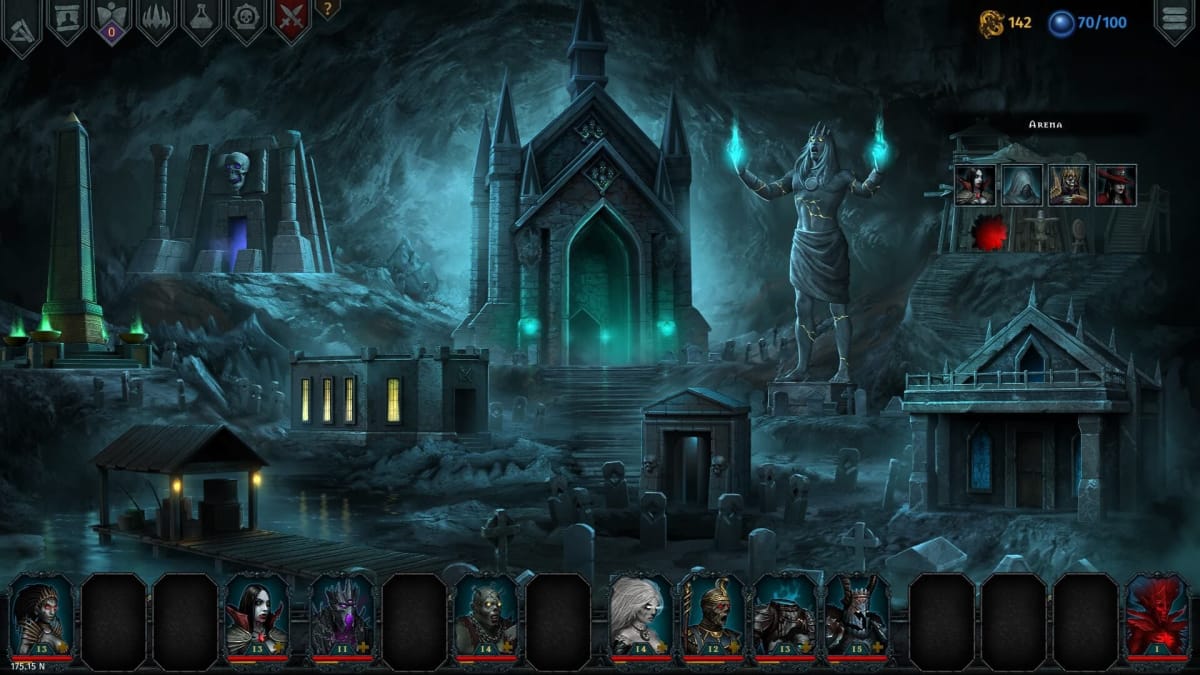
Our villain also dabbles in some alchemy. At his alchemy table, the player will be able to spend excess parts to something useful like different materials, items for the minions, mana, or wrath (a resource needed by minions to use certain abilities).
While most of the gameplay revolves around the combat and the events, resource management in the lair is of utmost importance to ensure the success of a run. Managing the resources is not exactly troublesome considering that, at normal difficulty at least, you will have a healthy stockpile of materials for anything you might need after figuring the game out, which will make a full upgrade of the graveyard just a matter of time. On the other hand, upgrading minions should be done very carefully as Iratus only has space for four teams of four minions among his ranks. As the game progresses, different enemies with different strengths and weaknesses will arise which means that having a diversified roster is the key to success. For this reason, raising a new minion and upgrading its abilities should be preceded by careful consideration as the run proceeds to the upper levels since parts used and ability points spent cannot be refunded. A minor gripe that should be pointed out is that minions of the same kind all have the same portrait, making it difficult to distinguish between the ones that you have specialized for a particular strategy at a glance. At least you can rename them.
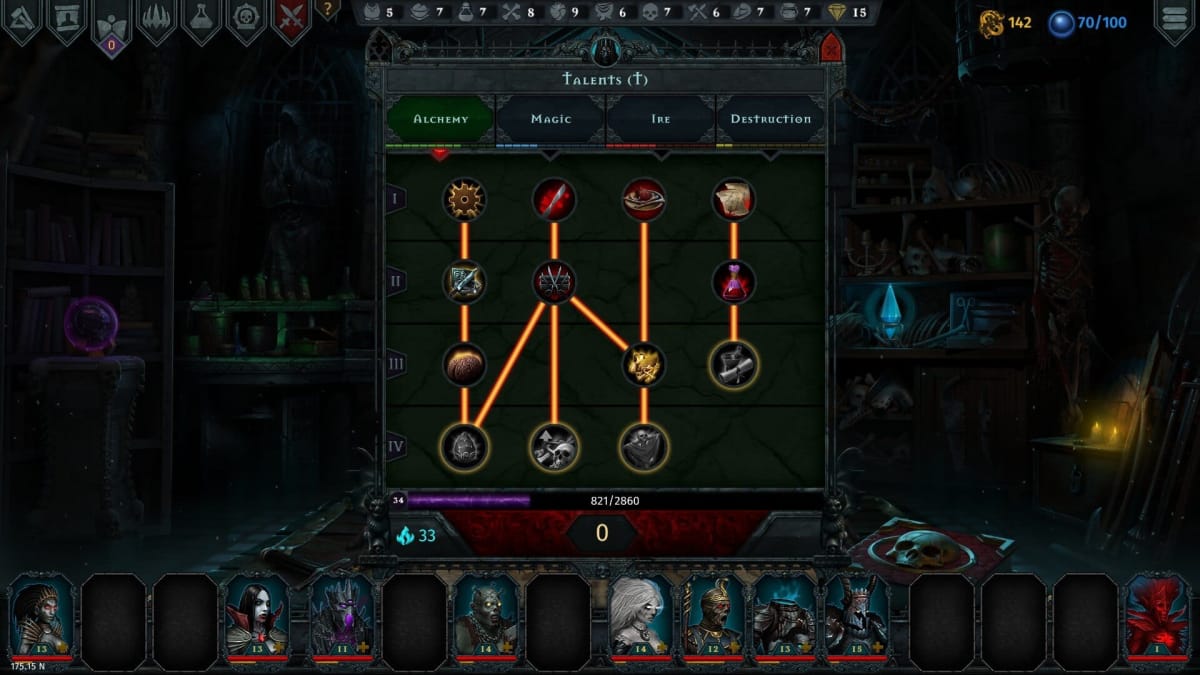
How Does Iratus: Lord of the Dead Look
The presentation of Iratus: Lord of the Dead can be summarized in “serviceable, but not astonishing”. The visual style is dark and grim as one would expect by the theme and the drawings are of good quality with some pretty nice character design and details. The same can be said for the array 2D animations shown during fights. What the game fails to attain is giving a sense of impact on the minion’s actions. What Darkest Dungeon managed to masterfully achieve with just still frames and camera work, Iratus is unable to deliver. It feels underwhelming when a cannon-carrying zombie shoots a huge pellet to a poor frontline swordsman and he reacts by slightly shuffling on one side.
The sound and the music have the same issue as the visual presentation. The music is perfectly in the tone of the game and of decent quality as it accompanies all the actions displayed on screen without ever being out of place. It also sounds a bit generic and doesn't really stick out. You will hardly find yourself humming the tunes of the game when you turn it off. On the same note, the sound effects are on point and well crafted but they fail to deliver a sense of impact to the actions just like the animations.
Don't get me wrong, the presentation is perfectly capable of obtaining what the developers intended but it leaves with the impression that it could have been much more.
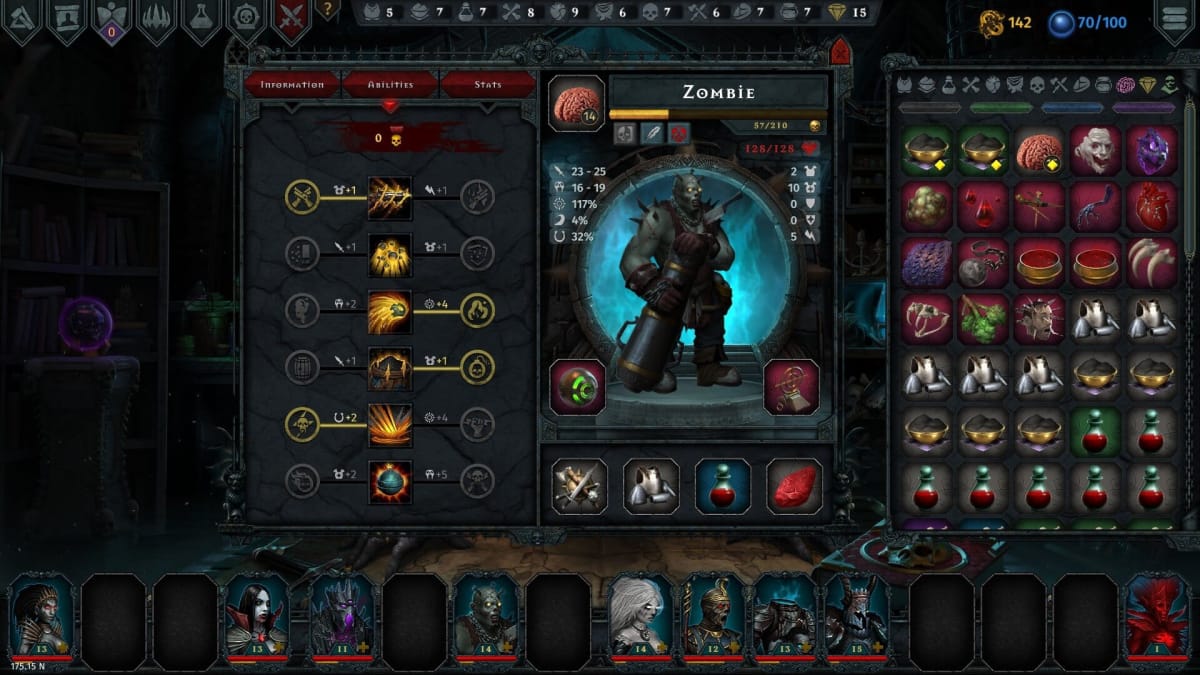
Iratus: Lord of the Dead Review | Final Thoughts
Iratus: Lord of the Dead is an enjoyable spin on the Darkest Dungeon formula with some roughness around the edges that wears its inspiration on its sleeve. Despite some flaws, it succeeds in delivering a fun experience thanks to the interesting combat system and the undeniable charm of wreaking havoc using your own homemade, locally raised undead army.
TechRaptor reviewed Iratus: Lord of the Dead on PC with a code provided by the publisher.
Review Summary
Pros
- Fun Combat Mechanics
- Interesting Character Design
- Compelling Central Theme
Cons
- Underwhelming Presentation
- Grating Voiceover
Have a tip, or want to point out something we missed? Leave a Comment or e-mail us at tips@techraptor.net
